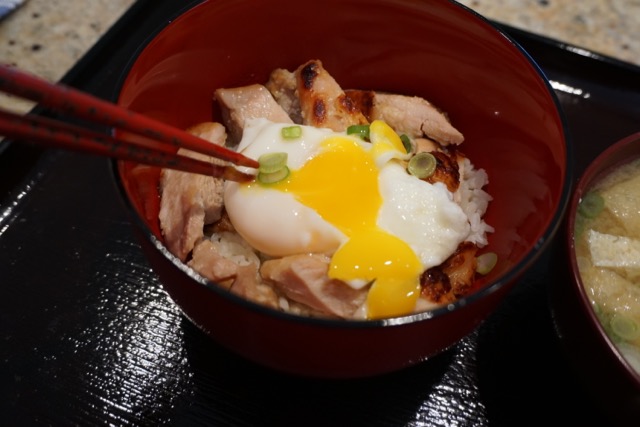Instead of using cold sauteed vegetables around the panna cotta, I just placed watercress, thin slices of carrot, small cubes of tomato which were then dressed with my usual honey mustard dressing and fresh grinds of black pepper.
The pannacotta was smooth and creamy.
This time we made sure we had all the ingredients. We used frozen petite green peas from Hanover brand. (Over the years, my wife tried many different kinds of peas for various dishes and this is one instance when, generally, the frozen variety is better than fresh. We even tried fresh peas which we bought at the roadside stands but they were too starchy. Among the frozen brands, she likes Hanover the best. I guess unless you grow the peas yourself, frozen are better than fresh. Oh-oh, maybe, I shouldn't give my wife ideas about growing our own peas).
Ingredients (about 12 servings using small Pyrex ramekins):
Frozen petite pea (Hanover brand petite pea, 12oz bag), 2 bags, thawed using running hot water.
Spinach, 2 bags, cooked without adding any liquid, turning occasionally, until well wilted. Let it cool down and squeeze out excess moisture.
Onion, one medium, halved and thinly sliced, sweat with olive oil until semi-transparent
Fresh tarragon, leaves removed and finely chopped (about 1 tbs)
Milk, we used 1% milk, added as needed while pureeing the peas (about 1/3 cup per one bag of frozen peas (#1) and also for infusing tarragon and dissolving the gelatin, about 2 cups (#3 and #4).
Butter, unsalted, 3 tbs
Gelatin, powdered, unflavored, 3 envelopes
Salt
Directions:
1. Add half of the peas, onion, spinach and tarragon in the blender* (#1). We did this in two batches. Add milk and puree. Add more milk until peas are totally smooth and pureed (#2).
*Do not use a food processor. We learned that using a good blender in "Puree" mode gives the best result.
2. Heat 2 cups of milk with 3 tbs of butter and tarragon (#3).
3. Just before boiling, sprinkle powdered gelatin on the top and whisk to dissolve (#4)
4. Put the milk mixture through sieve and put into #2 in the picture above, mix well. Taste and season with salt.
5. Pour into individual small glass ramekins.
6. Refrigerate until firm (at least several hours).
7. Remove from the ramekin by passing a thin bladed knife around the perimeter of the ramekin, inverting the ramekin over the plate and use the tip of the knife held against the side to introduce air to the bottom of the ramekin. The panna cotta should drop onto the plate with a "plop".
This was an unconditional success! The panna cotta has nice deep green color with creamy texture and an intense fresh pea taste with a hint of fresh tarragon. The salad around the panna cotta was also great with some bitterness of watercress and slightly sweet and tangy dressing. We really liked my wife's original cauliflower puree spinach panna cotta, but this is definitely a nice fresh pea and tarragon flavor variation on the theme of panna cotta. This is a perfect salad/appetizer in hot summer season.



























